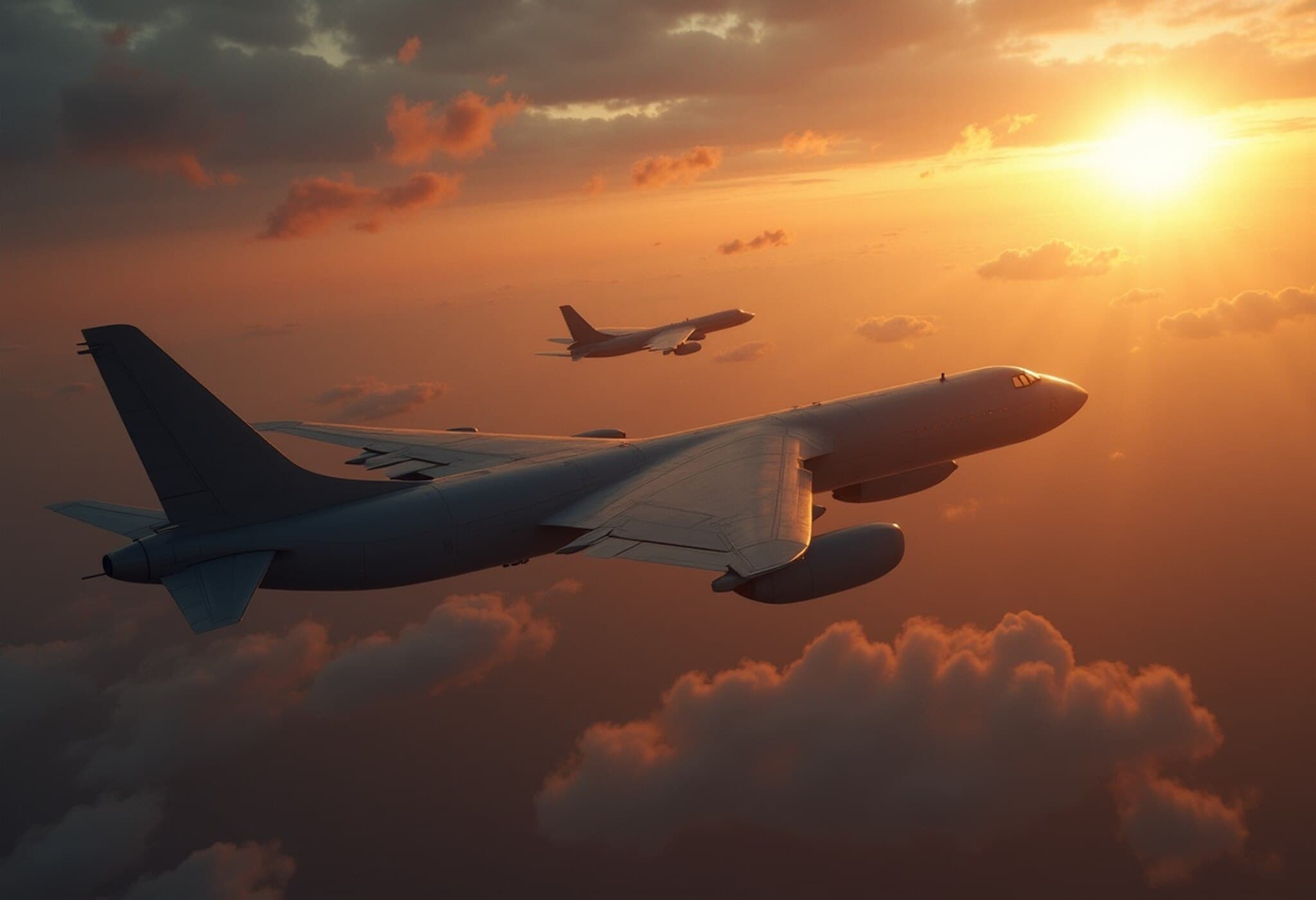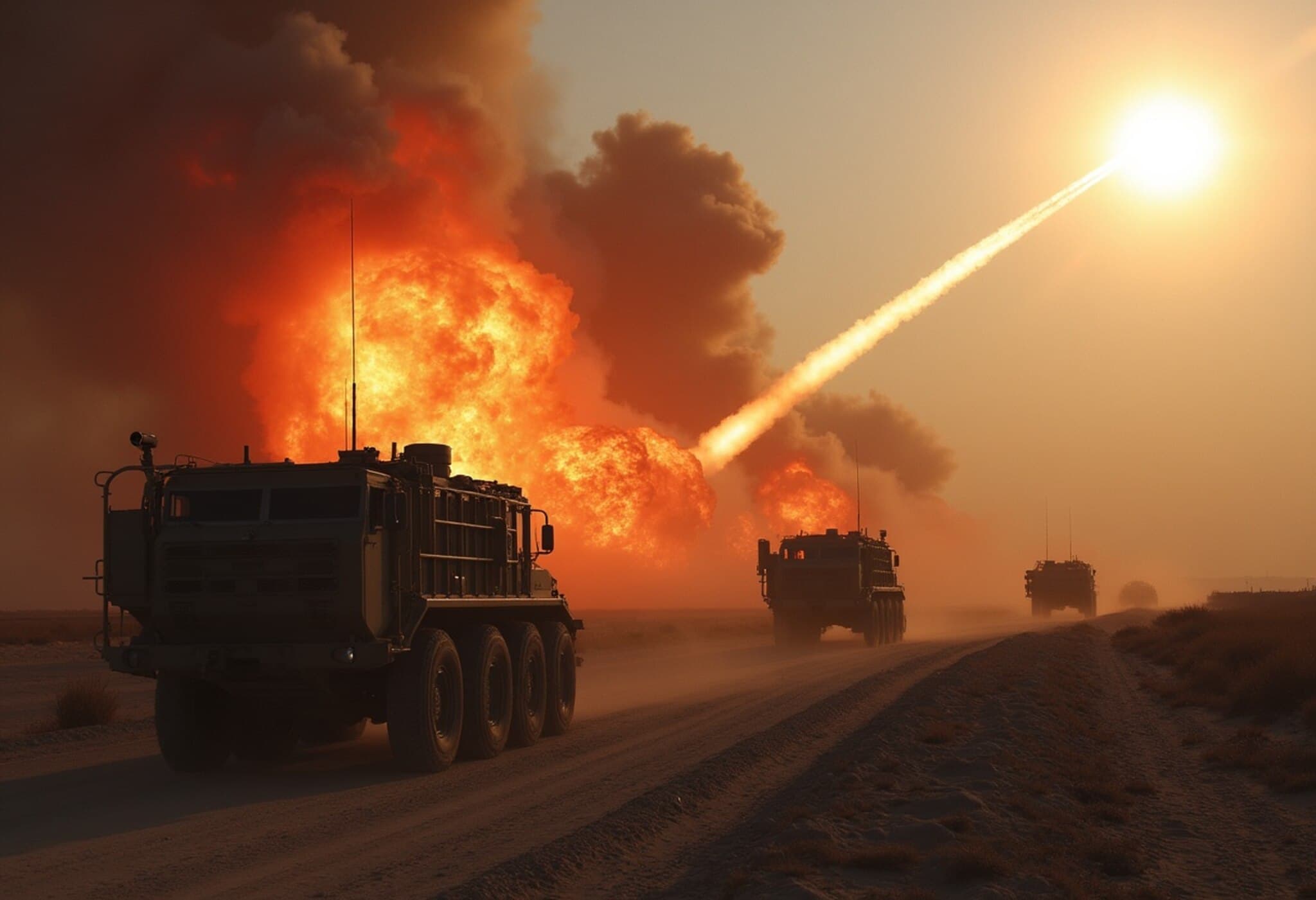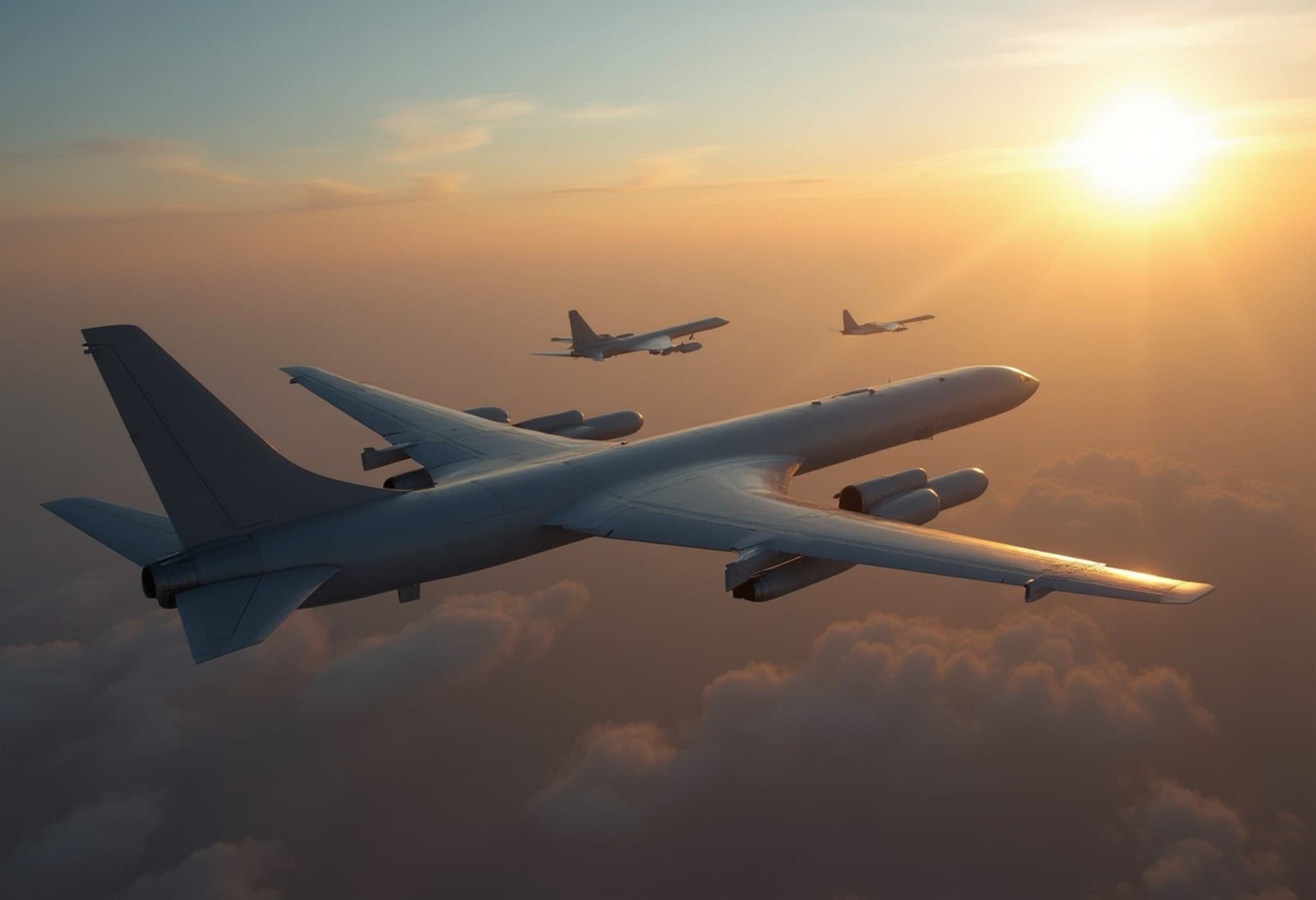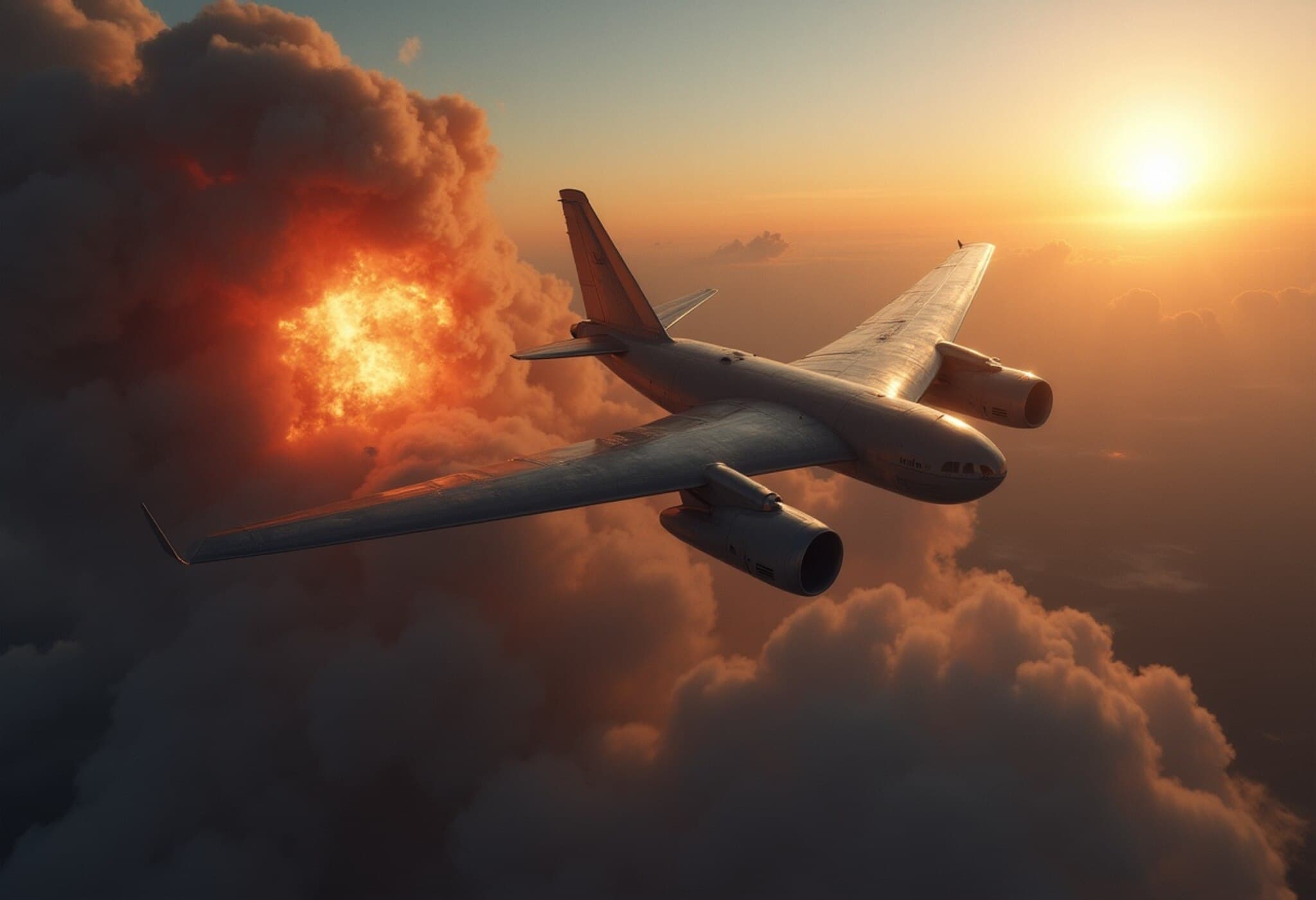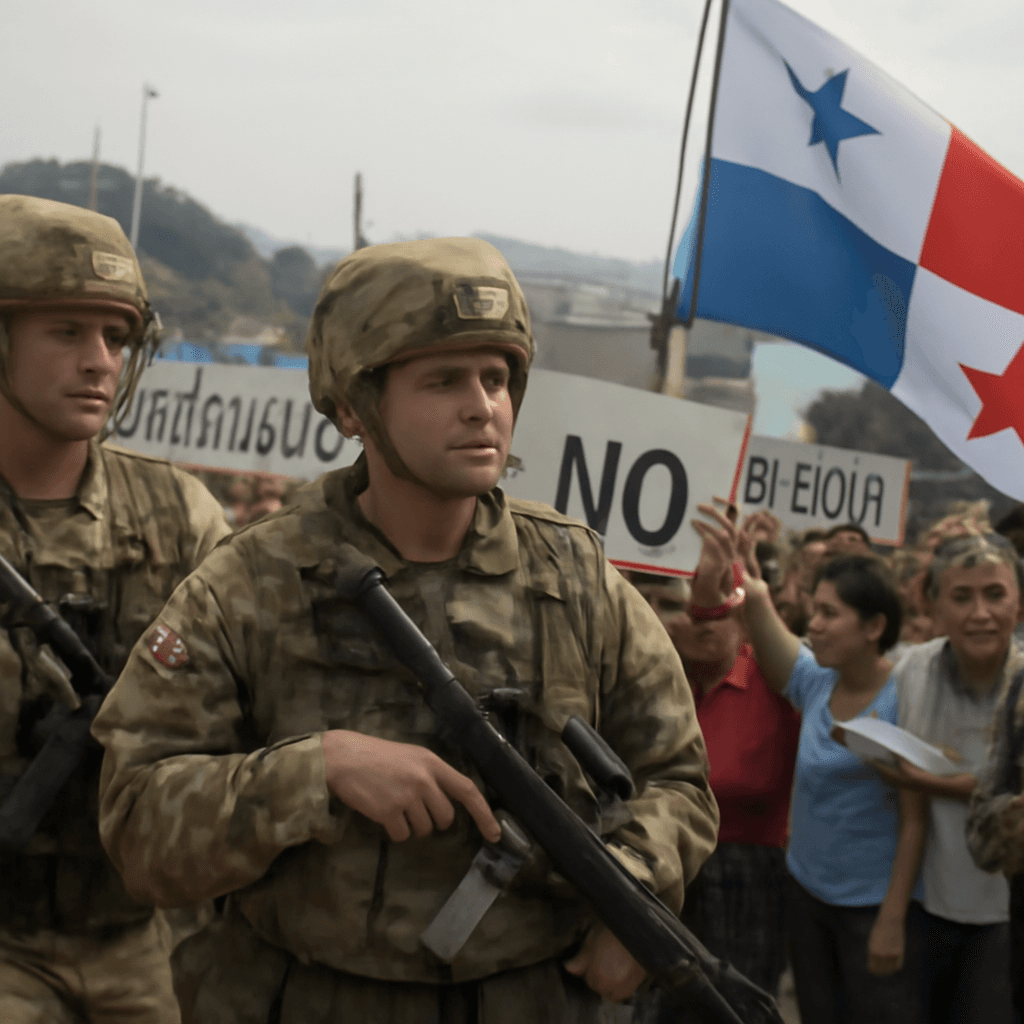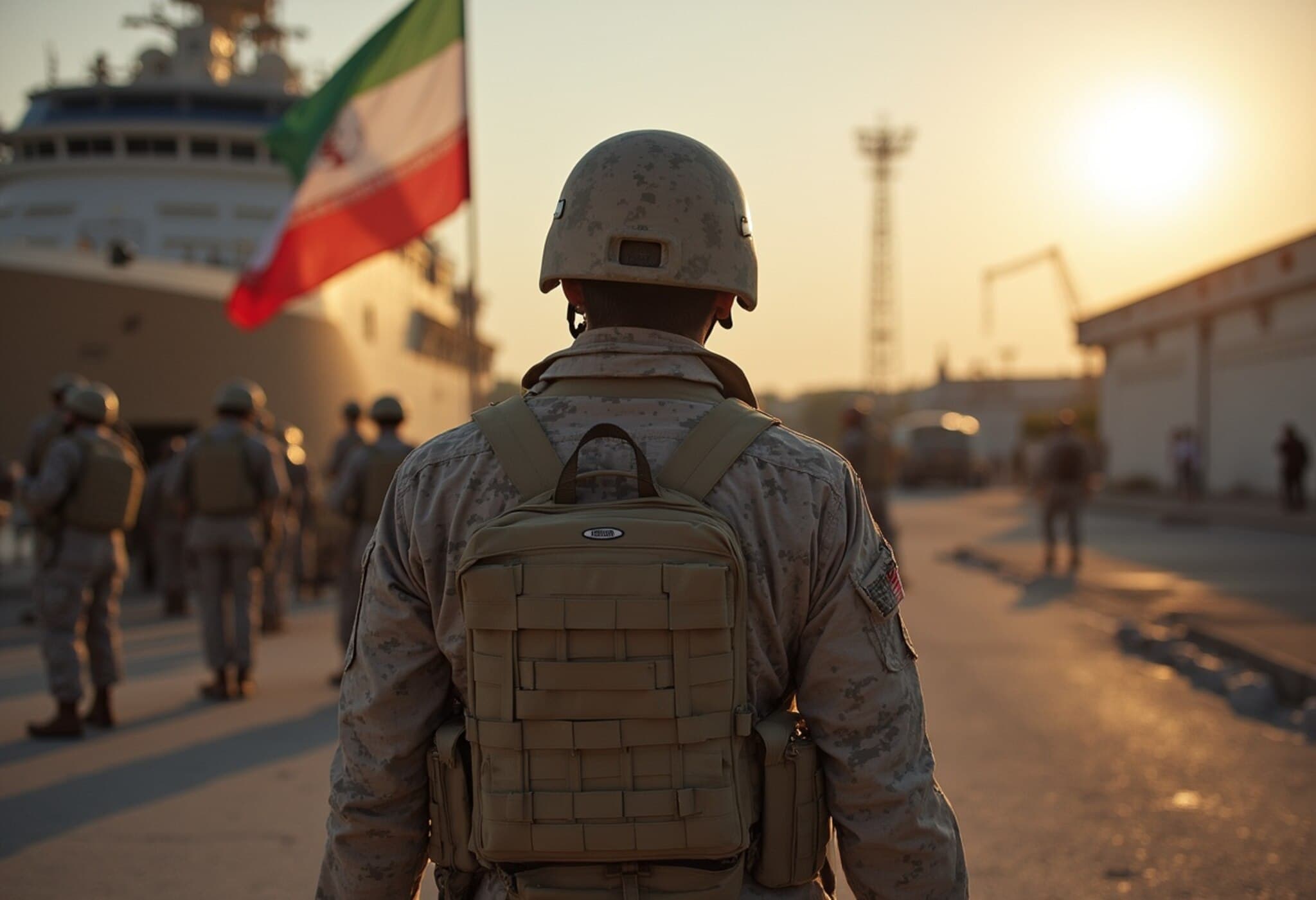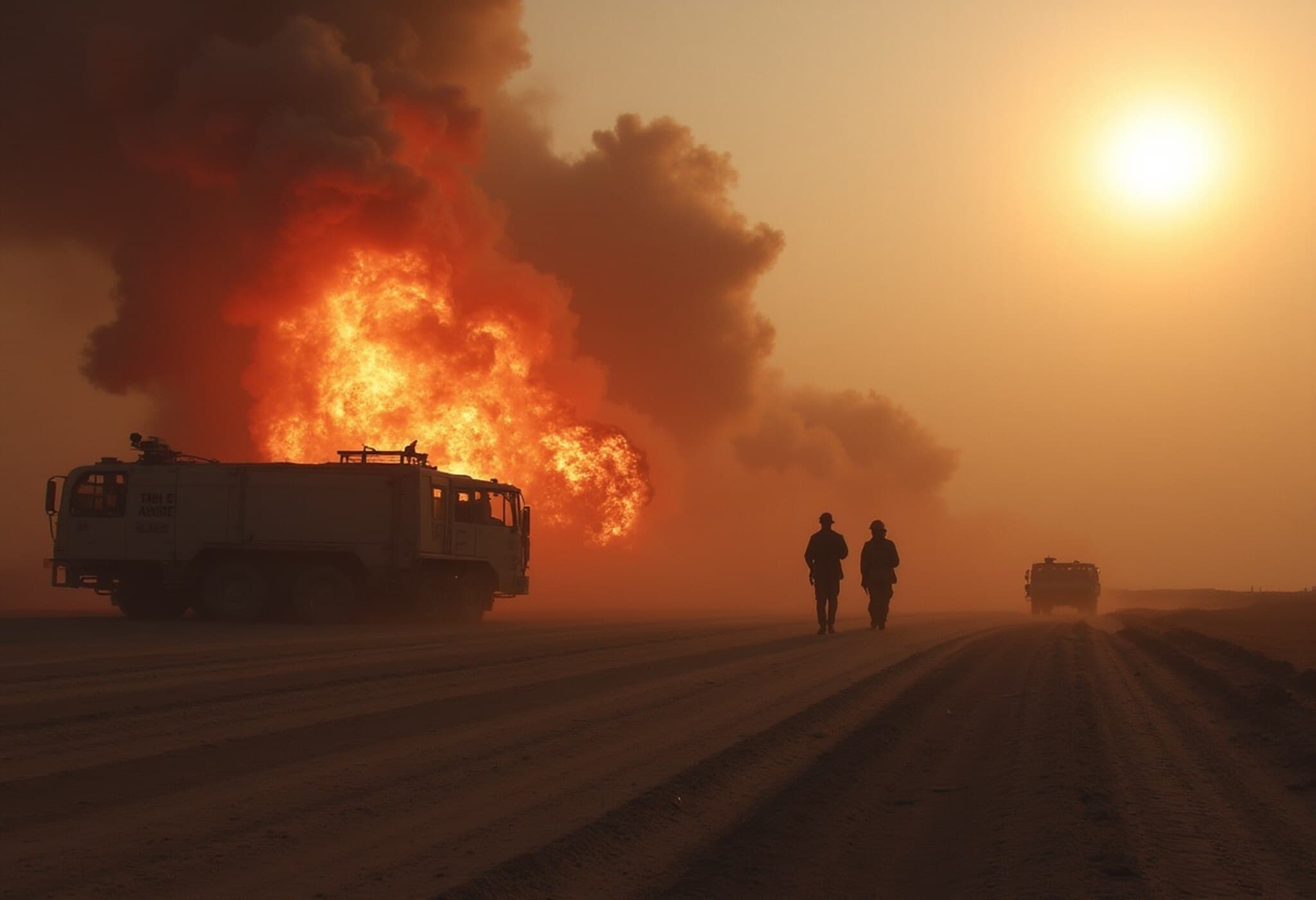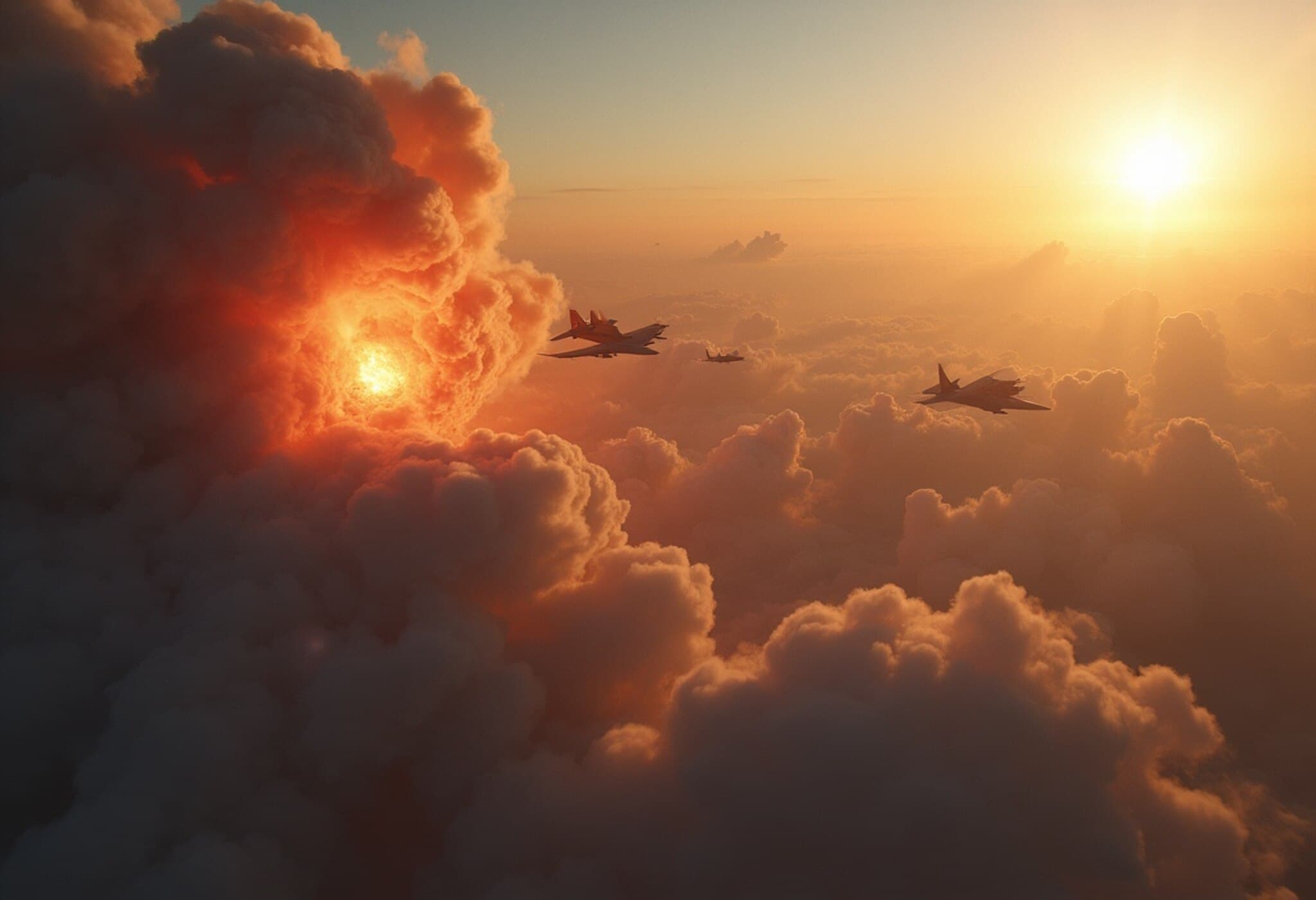Operation Midnight Hammer: A Tactical Masterstroke
In a stunning display of military precision, the United States launched Operation Midnight Hammer, targeting Iran’s three primary nuclear facilities. This marked the largest operational strike ever executed by B-2 stealth bombers and ranked as the second-longest B-2 mission in history.
A Clever Feint Sets the Stage
The operation began with an elaborate deception. A group of B-2 bombers was visibly detected departing from their Missouri base, apparently headed toward the Pacific island of Guam. Military experts quickly identified this as a strategic decoy, designed to mislead observers and Iran’s defenses.
Meanwhile, the actual squadron of seven B-2 stealth bombers embarked on an undetected 18-hour eastward journey, maintaining minimal communications and conducting mid-air refueling to sustain the lengthy mission.
Coordinated Precision Strike
As the bombers approached Iranian airspace, a U.S. submarine launched over two dozen Tomahawk cruise missiles to complement the air assault. Simultaneously, American fighter jets acted as decoys, sweeping for any potential Iranian interceptors or missile threats to protect the stealth fleet.
The B-2 bombers deployed 14 GBU-57 Massive Ordnance Penetrators, each weighing a massive 30,000 pounds, designed to obliterate fortified underground targets.
Overall, the operation mobilized more than 125 U.S. military aircraft, reflecting the immense scale and complexity of the strike.
Unmatched Surprise and Success
According to military officials, Iranian forces failed to respond during the attack. General Dan Caine, chairman of the Joint Chiefs of Staff, described how Iranian fighter jets never took to the skies, and missile defenses remained dormant, allowing the U.S. forces to maintain complete surprise.
Initial damage assessments revealed severe destruction across all targeted sites, although officials refrained from confirming whether Iran’s nuclear capabilities were fully neutralized.
Defense Secretary Pete Hegseth expressed confidence, stating, "It was clear we devastated the Iranian nuclear program."
Highly Classified and Swiftly Executed
The mission was shrouded in secrecy, with only a handful of officials aware of its timing and specifics until it unfolded. Many senior leaders learned about the strike hours after completion via presidential communication.
Months of preparation preceded the operation, but the mission itself came together in just weeks, highlighting the agility and readiness of U.S. forces.
What's Next: Uncertain and Tense
The aftermath triggered heightened alert status among Gulf states hosting U.S. bases as concerns over escalating regional tensions grew.
U.S. military assets in the Middle East were dispersed to mitigate risks, and troop protection measures were intensified to anticipate possible Iranian retaliation.
While the administration emphasized it does not seek war, officials confirmed private overtures to Tehran encouraging negotiations have been made. Nonetheless, stern warnings remain in place, with statements underscoring readiness to strike additional targets if provoked.
Summary
- Largest-ever operational B-2 strike targeting Iran’s nuclear sites
- A strategic fake-out masked the true attack route
- 14 Massive Ordnance Penetrators deployed in an 18-hour stealth mission
- Over 125 U.S. aircraft participated, including submarines and fighter jets
- Iran surprised and unable to respond, according to military leadership
- Regional tensions and precautions heightened following the strike

